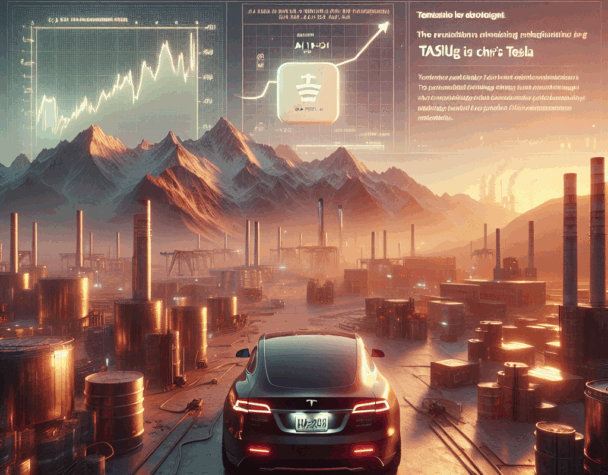
US Treasury's Debt Buyback Expansion and Tesla-Samsung Chip Deal Reshape Investment Strategies
Mon, August 04, 2025In recent developments, the U.S. Treasury has announced a strategic shift in its debt management approach, while Tesla has entered into a significant partnership with Samsung to advance semiconductor manufacturing. These events are poised to influence investment strategies across various sectors.
U.S. Treasury’s Enhanced Debt Buyback Program
The U.S. Treasury has decided to maintain the current auction sizes for notes and bonds over the upcoming quarters. However, a notable change is the increase in debt buybacks, aiming to bolster market liquidity. Specifically, the Treasury plans to double the frequency of long-end nominal buybacks and raise the size of cash management buybacks. Liquidity support buybacks will escalate to a maximum of $38 billion per quarter, up from $30 billion, while cash management buybacks will increase from $120 billion to $150 billion annually. This strategy is designed to manage short-term borrowing needs more effectively and enhance overall market stability. Investors should monitor these developments closely, as they may influence bond yields and investment decisions in fixed-income markets. For more details, refer to the Reuters article on the Treasury’s announcement.
Tesla and Samsung’s $16.5 Billion Semiconductor Collaboration
In the technology sector, Tesla has announced a multiyear agreement with Samsung, valued at $16.5 billion, to produce Tesla’s next-generation AI6 chips. These chips are slated for use in self-driving cars, data centers, and Optimus humanoid robots. Samsung will manufacture these chips in its U.S. facilities, marking a significant advancement in domestic semiconductor production. This partnership underscores the growing importance of artificial intelligence and autonomous technologies in the automotive industry. Investors should consider the potential impact of this collaboration on Tesla’s product offerings and Samsung’s position in the semiconductor market. More information can be found in the Sophic Capital report.
Implications for Investors
These developments present both opportunities and challenges for investors. The Treasury’s increased debt buybacks may lead to changes in bond yields, affecting fixed-income portfolios. Meanwhile, Tesla’s collaboration with Samsung highlights the accelerating pace of innovation in the technology sector, particularly in AI and autonomous vehicles. Investors should assess how these factors align with their investment strategies and risk tolerance.
Staying informed about such significant events is crucial for making well-informed investment decisions. By understanding the broader economic policies and industry-specific advancements, investors can better navigate the evolving financial landscape.
For further reading on the U.S. Treasury’s debt management strategies, visit Reuters. To learn more about Tesla and Samsung’s semiconductor partnership, refer to Sophic Capital.
In conclusion, the U.S. Treasury’s enhanced debt buyback program and Tesla’s partnership with Samsung are pivotal developments that could reshape investment strategies. Investors should remain vigilant and adapt to these changes to optimize their portfolios in the current economic environment.

